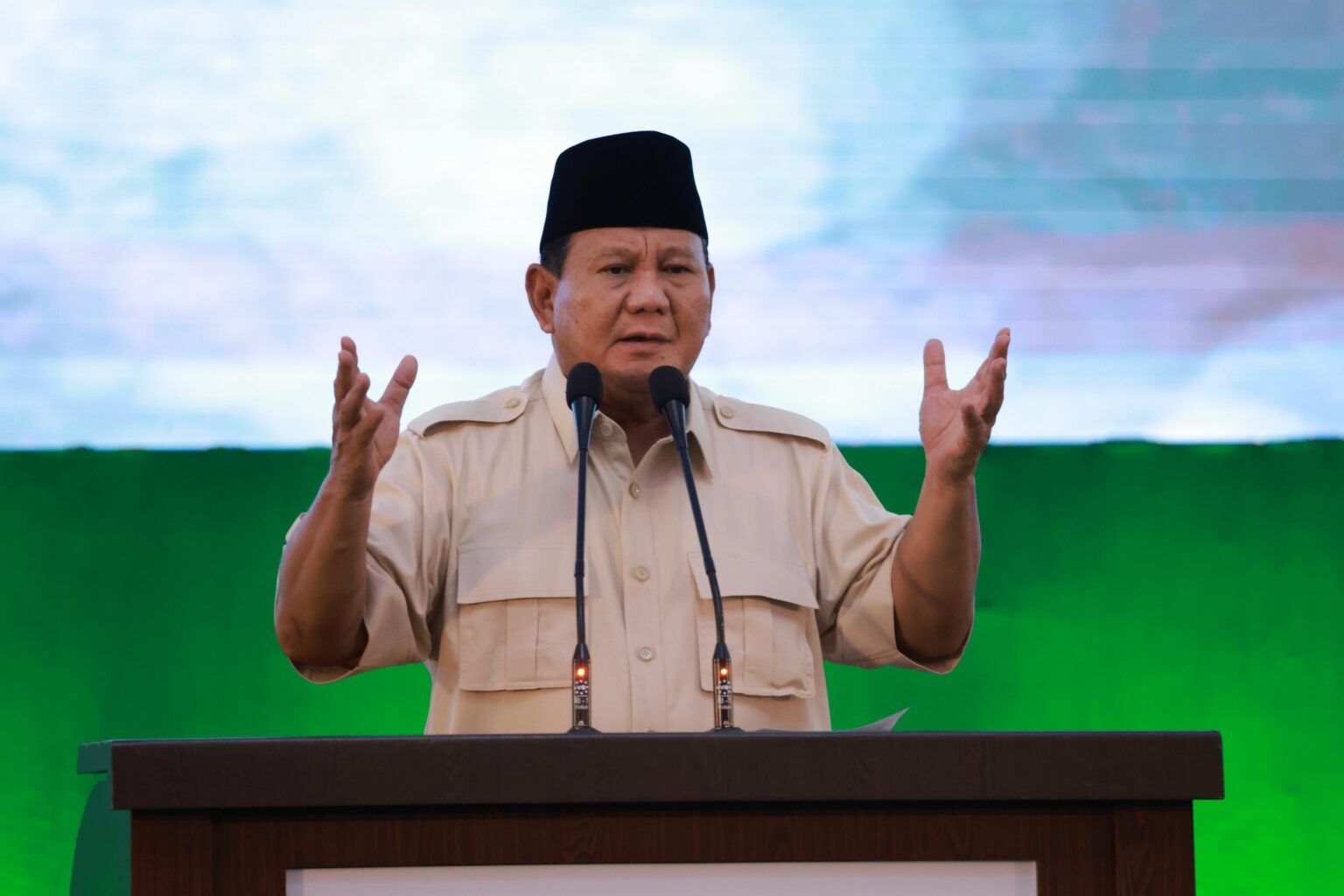By: Prabowo Subianto [excerpted from “Strategic Transformation of the Nation: Towards Golden Indonesia 2045,” pp. 89-90, fourth softcover edition]
Beyond the Gini coefficient, another indicator of economic disparity in Indonesia is the geographical distribution of economic activity or the circulation of money within the country.
In 2020, Indonesia’s GDP stood at USD 1.058 trillion, approximately IDR 15,300 trillion at an exchange rate of IDR 14,500 per USD.
Remarkably, about 70% of this economic activity, totaling IDR 15,300 trillion, is concentrated in Jakarta. The majority of the remainder circulates through other major cities such as Surabaya, Medan, and Semarang, with only a minimal amount in villages across Indonesia, especially concentrated on the island of Java.
I recently reviewed a report from the Indonesia Deposit Insurance Corporation (IDIC) concerning bank deposits throughout Indonesia. As of September 2023, the total deposits amounted to IDR 8,205 trillion.
Interestingly, 52% of these deposits are located in Jakarta’s bank branches, even though Jakarta’s population represents only 3.9% of Indonesia’s total. The average deposit per account in Jakarta is significantly higher, at IDR 402 million, compared to the national average of IDR 29 million per account.
This economic concentration in Jakarta and on the island of Java has a direct impact on the welfare of the Indonesian people. Infrastructure such as roads, railways, and electricity supply is relatively inadequate in rural areas and outside Java.
For instance, in my hometown in North Sulawesi, it is still common to experience power outages lasting 6-12 hours as of 2019.
A particularly urgent issue that needs immediate action is nutrition. In NTT, two out of three children suffer from stunting due to malnutrition—a euphemism for extreme hunger.
In Jakarta, the rate of malnutrition affects one in every three children—a stark contrast to the city’s skyline dotted with skyscrapers and luxury hotels.
This situation is deeply concerning as it implies that one in three Indonesians lacks equal opportunities to succeed. Children deprived of adequate nutrition face significant challenges in school and are unlikely to secure well-paying jobs as adults, perpetuating the cycle of poverty.





